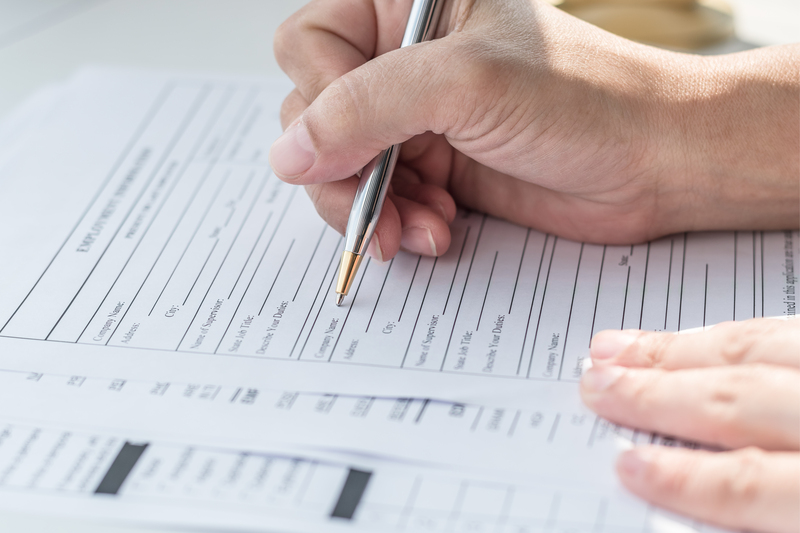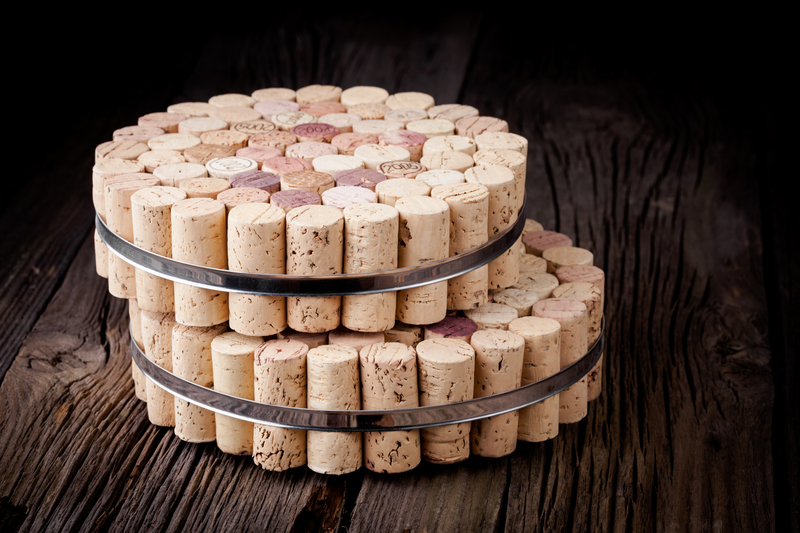Turning Everyday Waste into Works of Art with These Upcycling Tips
Upcycling - the creative repurposing of everyday trash and discarded materials - is far more than just a passing environmental trend. It's a rapidly growing movement fueled by eco-consciousness and a love of imaginative DIY projects. Turning waste into art is a brilliant way to reduce your environmental footprint, while expressing your own unique sense of style. But how can you get started? This in-depth guide will walk you through transforming everyday waste into works of art with actionable upcycling ideas, expert tips, and inspiring success stories.

Why Upcycling Art Matters: Environmental & Creative Benefits
By upcycling waste into art, you contribute to a more sustainable future while simultaneously igniting your creativity. Let's break down the key benefits:
- Reduces landfill waste: Turning trash into art means less garbage pollutes our environment.
- Saves resources: Upcycling reduces demand for new materials, conserving energy and raw materials.
- Sparks innovation: Through experimentation, you'll discover fresh approaches to design and material use.
- Personal satisfaction: Completing a piece made from waste is uniquely rewarding and deeply meaningful.
- Promotes conscious consumption: Upcycling shifts our mindset from "use and discard" to "treasure and transform."
Did you know? According to the EPA, Americans generate over 4 pounds of trash per person per day. Imagine the positive impact if a portion of this was reimagined as art!
Getting Started: Gather Your Waste Materials
The first step in creating upcycled artwork is collecting your materials. Almost any discarded item can find new life with a little creativity! Look around your home, workplace, or local community for inspiration. Common upcycling treasures include:
- Plastic bottles and containers
- Cardboard boxes and tubes
- Old newspapers and magazines
- Scrap wood
- Fabric scraps/old clothes
- Broken jewelry
- Metal cans and lids
- Single-use cutlery or kitchenware
- Electronic waste (e-waste)
*Tip: Start a "craft bin" to collect interesting waste items. You'll be surprised what you can come up with when you store materials for a few weeks!
Top Upcycling Art Ideas and Tutorials
1. Plastic Bottle Sculptures
- Materials Needed: Clean plastic bottles, scissors, craft knife, hot glue, spray paint.
- Project Ideas: Cut and reassemble bottles into stunning hanging mobiles, abstract flowers, or intricate animal figures. Use spray paint to add vibrant color or metallic effects.
- Pro Tip: Experiment with bottle cap "petals" and textured layering for unique visual effects.
2. Newspaper Wall Art
- Materials Needed: Old newspapers/magazines, glue, canvas/wood backing, sealant.
- Project Ideas: Roll strips of newsprint into "quilling" shapes, then glue to the canvas to form colorful swirls, flowers, or abstract designs.
- Creative Twist: Layer headlines or images for a collage with deeper meaning.
3. Scrap Wood Paintings
- Materials Needed: Sanded wood scraps, acrylic paint, stencils, varnish.
- Project Ideas: Use different shapes and grains to craft geometric art, rustic signs, or layered landscapes.
- Pro Tip: Mix paint with sand or coffee grounds for added texture and upcycled flair.
4. Repurposed Jewelry Mosaics
- Materials Needed: Broken earrings, beads, necklaces, glue, old frame.
- Project Ideas: Adorn photo frames, mirrors, or vases by arranging jewelry bits into intricate mosaic patterns.
- Pro Tip: Mix in buttons or sequins to maximize the sparkle.
5. Upcycled Textile Art
- Materials Needed: Fabric scraps, old clothes, thread, needle/sewing machine.
- Project Ideas: Design vibrant patchwork wall hangings or "rag rugs" using an array of textiles.
- Creative Tip: Use embroidery or applique to add extra dimension or upcycled story elements.
6. Tin Can Lanterns
- Materials Needed: Empty metal cans, hammer, nails, wire.
- Project Ideas: Punch patterns into the sides and place tea lights inside for dazzling upcycled lanterns.
- Pro Tip: Paint the exterior for a pop of color or rustic look!
7. Electronic Waste Artwork
- Materials Needed: Disassembled circuit boards, wires, old keyboard keys, adhesives.
- Project Ideas: Shape mini-robots, sci-fi sculptures, or pixel-art wall pieces using components from obsolete gadgets.
- Safety Note: Always handle e-waste with caution; wear gloves and recycle unneeded hazardous parts responsibly.
Expert Upcycling Tips for Turning Waste into Art
Think Outside the (Recycling) Box
- Expand your material sources. Partner with neighbors, workplaces, and local businesses to source unusual items--coffee shop lids, bottle corks, or packaging materials can all become art supplies!
- Explore different art forms. Painting, sculpture, collage, textile work--the possibilities are endless when upcycling everyday waste into masterpieces.
Preparation Is Key
- Clean materials thoroughly to avoid mold and odors. Soap and water or mild disinfectant work wonders.
- Remove sharp edges with sandpaper or scissors before starting your project, particularly with glass or metal.
Design with a Plan (But Allow for Serendipity!)
- Sketch your upcycling art ideas first, but stay open to spontaneous inspiration as you play with materials.
- Combine textures and colors that wouldn't normally go together for visually captivating results.
Use the Right Adhesives and Tools
- Hot glue guns, E6000, Gorilla Glue, or fabric glue offer different strengths for various surfaces.
- Dremel tools, strong scissors, and pliers can help you shape, cut, or drill tough materials.
Sustainability First: Practice Safe & Eco-Friendly Artmaking
- Wear protective gear (masks, gloves, goggles) especially with e-waste or paints.
- Avoid toxic solvents. Opt for water-based glues and paints whenever possible.
Inspiring Artists Who Transform Waste into Works of Art
Looking for real-world inspiration? Here are just a few contemporary artists making a global impact by upcycling everyday trash into original art:
- Bordalo II: A Portuguese street artist known for massive animal sculptures made exclusively from plastic waste and discarded materials.
- Vik Muniz: Creates astonishing portraits and landscapes using everything from junkyard scraps to bottle caps, whose work raises awareness about waste culture.
- Jane Perkins: British artist who repurposes tiny plastic toys, buttons, and colored packaging to make remarkable mosaic-like reproductions of famous art.
- Lorenzo Quinn: Fashions emotive figures and hands from metal items salvaged from scrap and landfill sites, combining technical skill with environmental storytelling.
Integrating Upcycling Art into Home & Community
Show Off Your Upcycled Creations
- Home decor: Hang upcycled art, such as bottle cap mosaics or textile hangings, in your living room or kitchen to invite conversation and pride.
- Gifts with a Purpose: Handmade upcycled art is both unique and meaningful, making ideal gifts for eco-minded friends or family.
- Garden art: Use painted cans, plastic flowers, or driftwood sculptures to liven up outdoor spaces.
Community Art Projects
- Host a community upcycling workshop to share skills and foster connection while cleaning up your neighborhood.
- Collaborate with schools or youth centers to teach students about sustainability through hands-on upcycled art projects.
- Participate in local art shows that focus on environmental awareness, using your creations to spark dialogue and inspire change.
Frequently Asked Questions: Turning Waste Into Art
Is upcycled art valuable?
Absolutely! Not only does turning everyday waste into art have environmental value, but upcycled works are also increasingly prized by collectors, galleries, and green businesses for their innovation, uniqueness, and sustainability story.
Can I sell my upcycled art?
Yes! Online platforms such as Etsy, Instagram, and local artisan markets are great places to sell upcycled artwork. Highlight your creative process and the benefit of repurposing waste to attract environmentally conscious buyers.
What are the best tools for upcycling art?
- Sturdy scissors or box cutters
- Hot glue gun and various adhesives
- Screwdrivers, pliers, sandpaper
- Paints, markers, and craft supplies
- Safety equipment: gloves, goggles, and dust mask

Final Thoughts: The Transformative Power of Upcycled Art
Turning everyday waste into works of art is more than just a creative pastime--it's an act of environmental stewardship and a powerful reminder that beauty can emerge from the most unlikely sources. By upcycling trash into unique art, you join a growing movement of artists and makers committed to sustainability, ingenuity, and personal expression.
So next time you're about to throw out a soda can or an empty jar, pause and ask yourself: Could this become a masterpiece? With a little imagination and these practical upcycling tips, the answer just might be yes.
Start Your Upcycling Art Journey Today!
- Pick a project from the ideas above.
- Collect your waste materials.
- Share your creations online and inspire others in your community to join the upcycled art movement!
Remember, every piece of trash has the potential to become a lasting treasure in the right hands. Will yours be next?
